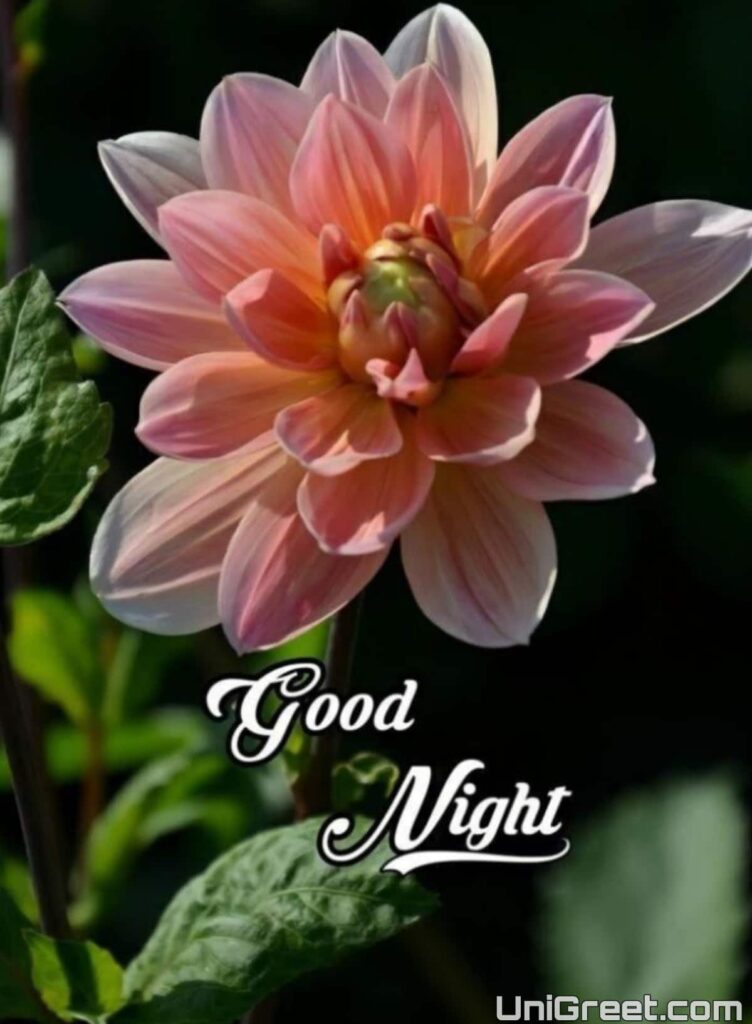Hey there, night owls and photography enthusiasts! If you've ever wondered how to make your "good night in images" stand out, you're in the right place. In this digital age, a well-captured nighttime photo can speak volumes. Whether it's for personal memories or professional projects, understanding the art of nighttime photography is crucial. So, let's dive into how you can transform ordinary night shots into extraordinary masterpieces!
Let’s be real, capturing the essence of a "good night" is more than just snapping a quick pic. It’s about creating a story, a moment that resonates with your audience. From cityscapes glowing under the moonlight to intimate portraits under the stars, the possibilities are endless. But how do you achieve that perfect shot without making it look like a blurry mess?
This article isn’t just another guide; it’s your ultimate companion to mastering "good night in images." We’ll explore everything from basic techniques to advanced tips, ensuring your nighttime photography game is on point. Let’s get started!
Read also:Why The Las Vegas Marketplace Is Your Golden Ticket To Success
Understanding the Basics of Night Photography
What Makes a Good Night Photo?
When it comes to "good night in images," it's all about balance. A great nighttime photo isn’t just about the equipment you use but also about understanding light, composition, and timing. The interplay of shadows and highlights creates depth and mood, making your images pop.
Here are some key elements to consider:
- Lighting: Natural or artificial, lighting sets the tone for your photo. Experiment with streetlights, moonlight, or even your phone’s flashlight to create unique effects.
- Composition: Use the rule of thirds to guide your subject placement. This technique ensures your photo has a balanced and visually appealing structure.
- Timing: The golden hour may be famous, but the blue hour is your best friend for nighttime photography. This period right after sunset offers soft, diffused lighting perfect for stunning images.
Essential Equipment for Capturing Good Night in Images
Camera Gear You Need
While smartphones have come a long way in capturing nighttime photos, investing in a good camera can elevate your "good night in images" to the next level. Here’s a list of must-have gear:
- DSLR or Mirrorless Camera: Offers manual control over settings like ISO, aperture, and shutter speed, crucial for low-light photography.
- Wide-Angle Lens: Great for capturing expansive cityscapes and starry skies.
- Tripod: Keeps your camera steady during long exposures, preventing blurry images.
- Remote Shutter Release: Minimizes camera shake when taking long exposure shots.
Don’t let the gear intimidate you. With practice, you’ll find what works best for your style and budget.
Mastering Exposure Settings
ISO, Aperture, and Shutter Speed
Understanding exposure settings is key to capturing "good night in images." Here’s a quick breakdown:
- ISO: Controls the camera’s sensitivity to light. Lower ISO values mean less noise, but higher ISO is necessary for darker environments.
- Aperture: Determines how much light enters the lens. A wider aperture (lower f-stop number) allows more light in, creating a brighter image.
- Shutter Speed: The length of time the camera’s sensor is exposed to light. Longer shutter speeds are ideal for capturing motion, like car trails or star movements.
Experiment with these settings to find the perfect combination for your shot. Remember, there’s no one-size-fits-all solution in photography.
Read also:Abby Berner Naked A Candid Exploration Beyond The Headlines
Advanced Techniques for Stunning Nighttime Photos
Long Exposure Photography
Long exposure is a game-changer for "good night in images." It allows you to capture light trails from moving vehicles, smooth water surfaces, or even the stars moving across the sky. To master this technique:
- Use a tripod to stabilize your camera.
- Set your camera to manual mode and adjust the shutter speed to several seconds or more.
- Experiment with different ISO and aperture settings to achieve the desired effect.
Long exposure adds a magical touch to your photos, making them look like they’re straight out of a dream.
Editing Your Good Night in Images
Post-Processing Tips
Editing is the final step in creating "good night in images" that truly shine. Here are some tips:
- Adjust Exposure: Enhance brightness and contrast to bring out details.
- Enhance Colors: Boost saturation and vibrance to make colors pop.
- Sharpen Details: Use sharpening tools to add clarity to your images.
Remember, editing should enhance your photos, not alter them beyond recognition. Keep it natural and true to the original shot.
Popular Locations for Nighttime Photography
Cities That Glow at Night
Certain cities are famous for their breathtaking nighttime views. If you’re looking to capture stunning "good night in images," consider these locations:
- Hong Kong: Known for its vibrant skyline and stunning harbor views.
- Tokyo: Offers neon-lit streets and bustling cityscapes.
- Paris: The City of Light shines even more beautifully at night.
Each city has its own unique charm, offering endless opportunities for creative nighttime photography.
Challenges and Solutions in Night Photography
Common Issues and How to Overcome Them
Shooting at night comes with its own set of challenges. Here are some common issues and their solutions:
- Noise: High ISO settings can introduce noise. Use noise reduction software during editing.
- Blurry Images: Ensure your camera is stable and use a fast enough shutter speed.
- Overexposure: Check your histogram and adjust settings accordingly.
With practice and patience, you’ll become adept at overcoming these challenges and capturing flawless nighttime photos.
Creative Ideas for Your Good Night in Images
Think Outside the Box
Don’t limit yourself to traditional cityscapes or starry skies. Here are some creative ideas for "good night in images":
- Light Painting: Use handheld lights to create artistic patterns in your photos.
- Silhouettes: Capture striking silhouettes against a glowing city backdrop.
- Reflections: Utilize water surfaces to add symmetry and depth to your images.
Let your imagination run wild and experiment with different techniques to make your photos stand out.
Final Thoughts and Call to Action
So there you have it, folks! Capturing "good night in images" is an art form that combines technical skills with creative vision. Whether you’re a seasoned photographer or just starting out, the key is to keep practicing and experimenting. Every shot you take brings you closer to mastering the craft.
Now it’s your turn! Share your favorite nighttime photography tips in the comments below. And don’t forget to check out our other articles for more photography inspiration. Happy shooting, and may all your nights be filled with breathtaking moments!
Table of Contents
- Understanding the Basics of Night Photography
- Essential Equipment for Capturing Good Night in Images
- Mastering Exposure Settings
- Advanced Techniques for Stunning Nighttime Photos
- Editing Your Good Night in Images
- Popular Locations for Nighttime Photography
- Challenges and Solutions in Night Photography
- Creative Ideas for Your Good Night in Images
- Final Thoughts and Call to Action
Remember, the world is your canvas, and the night is your muse. Keep exploring, keep creating, and keep inspiring!


